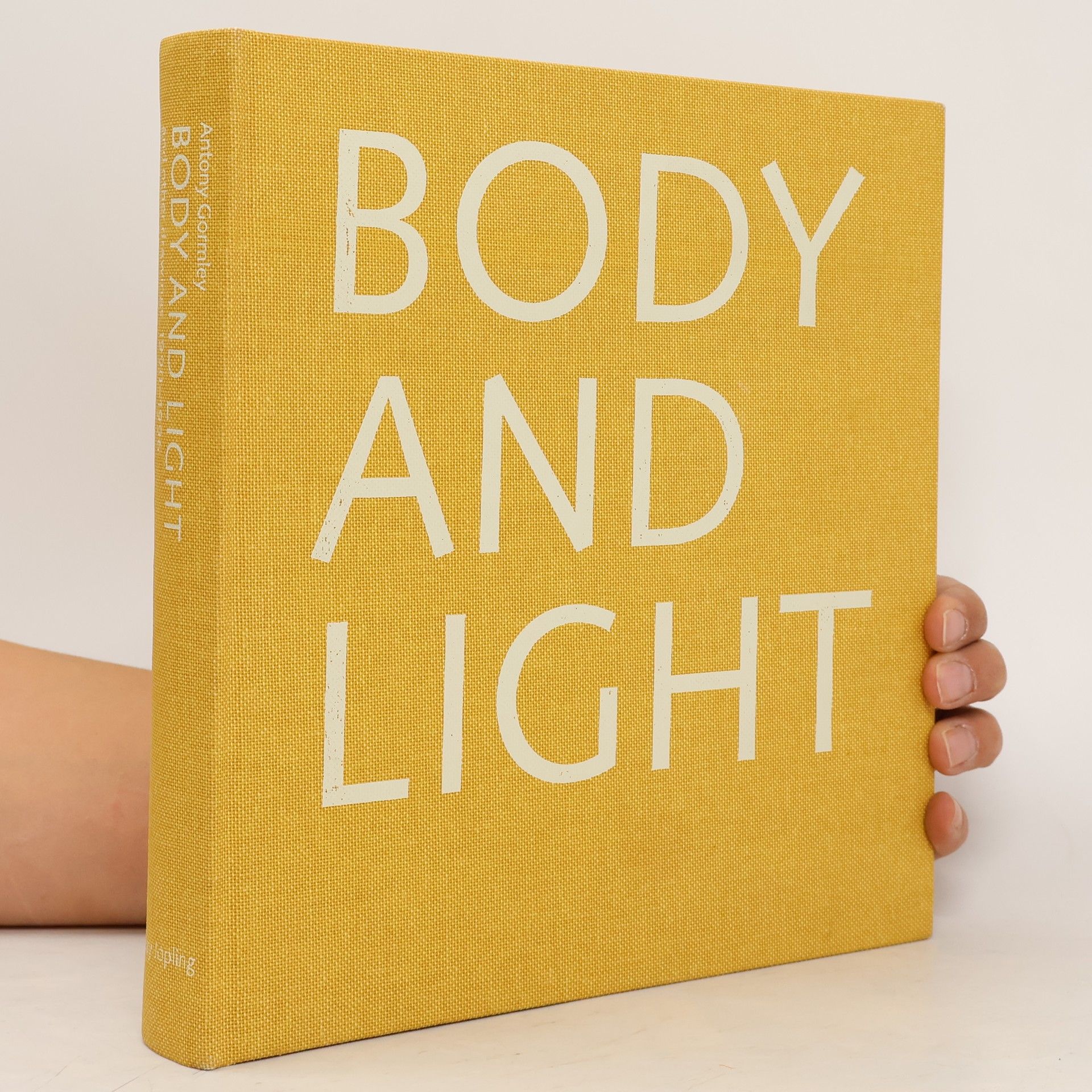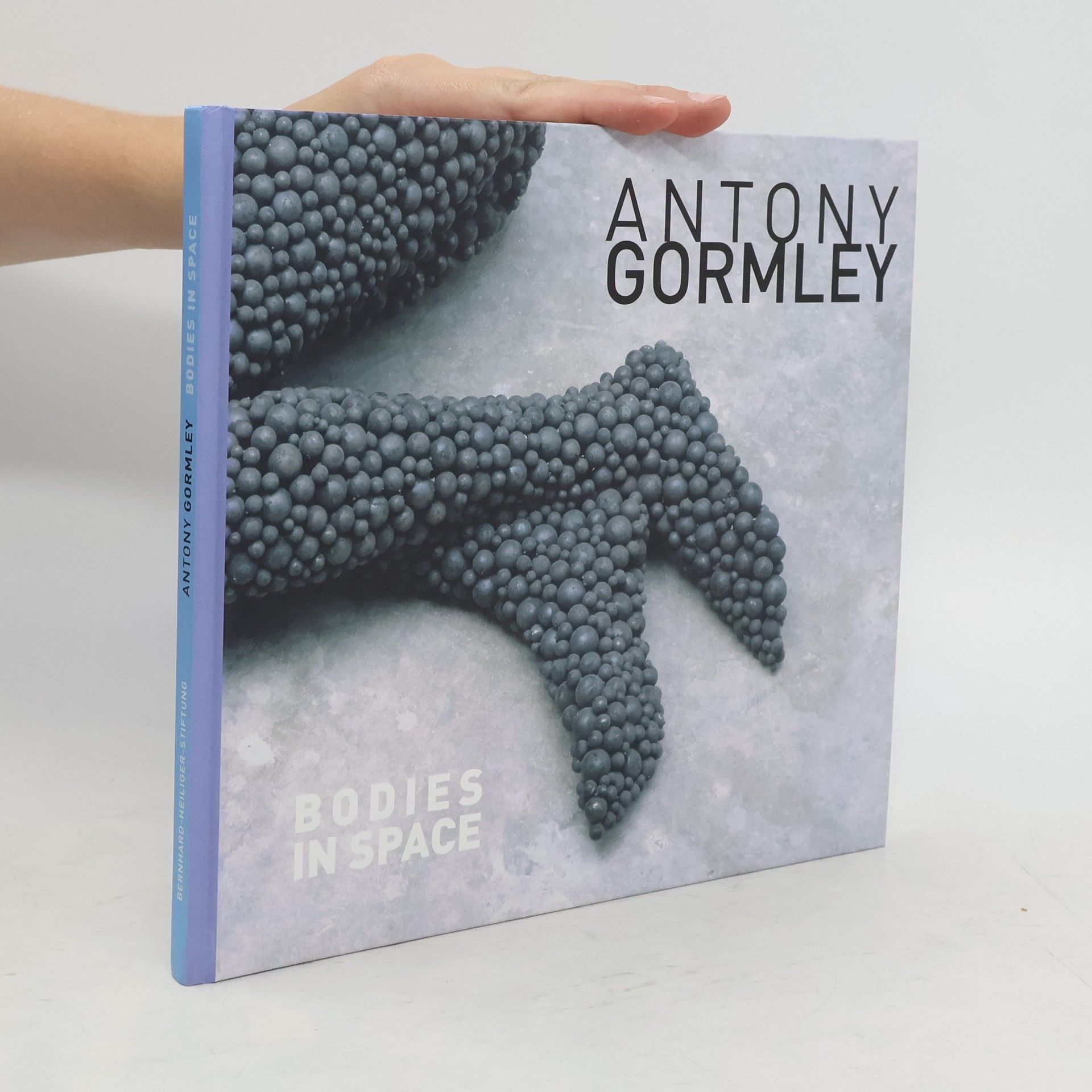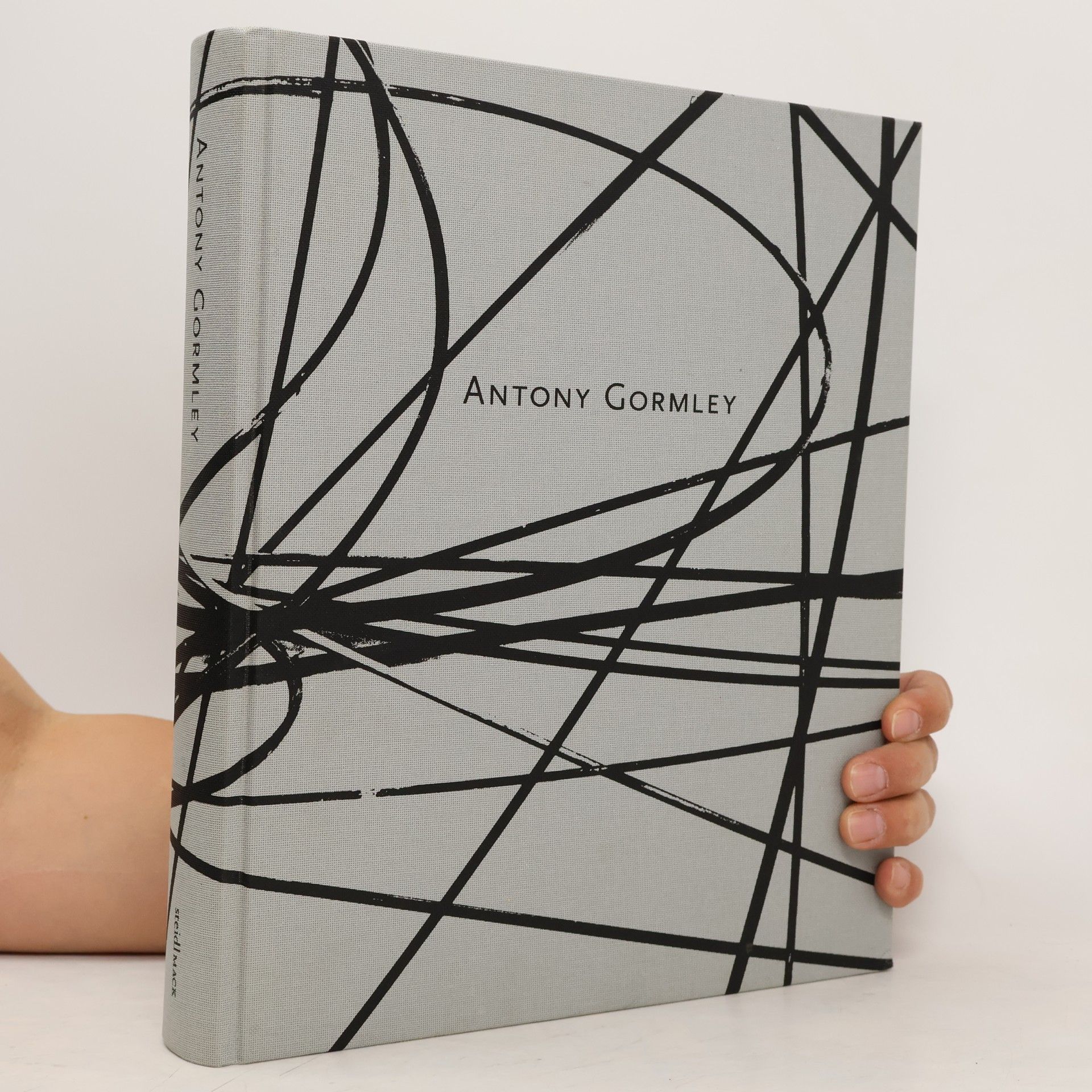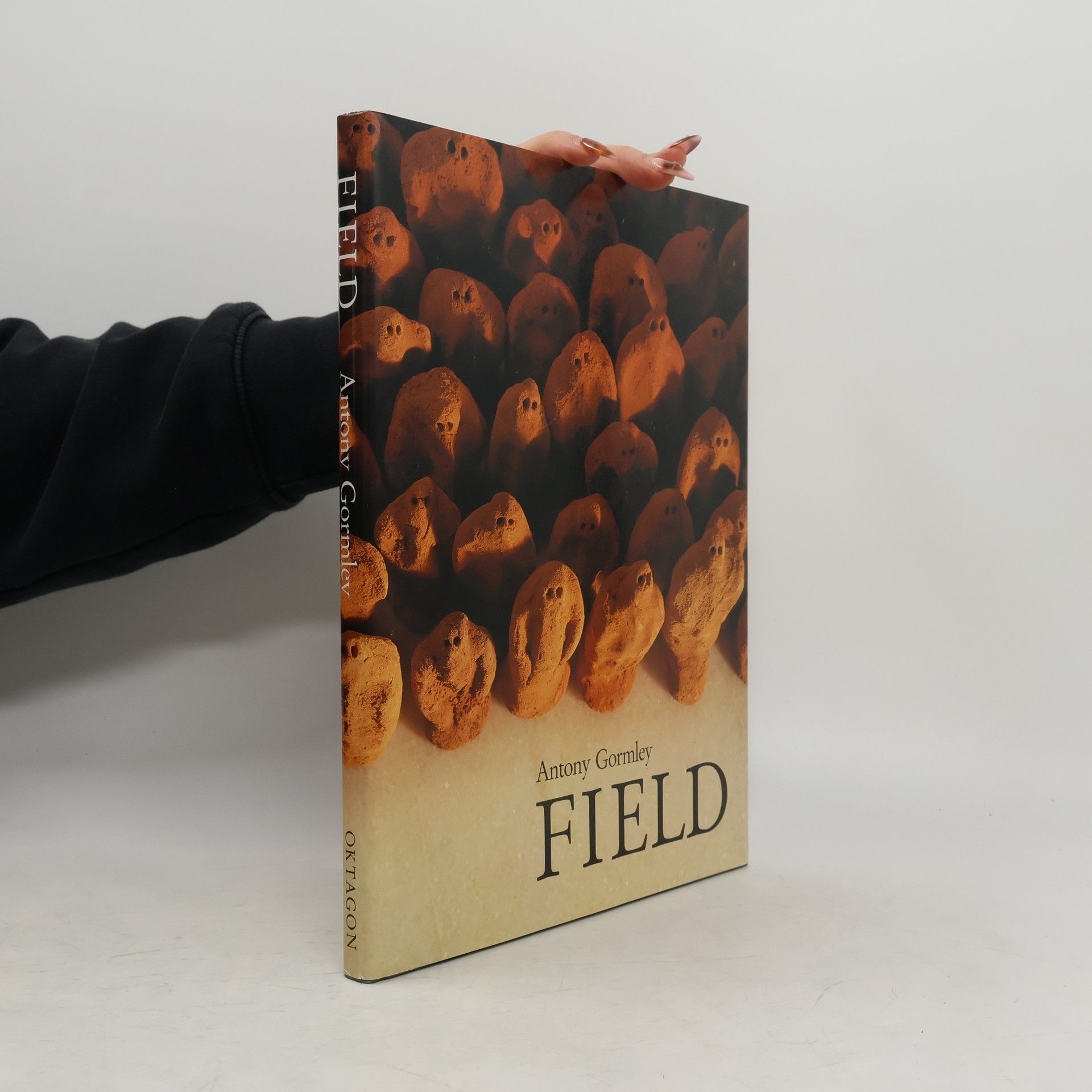V publikaci Gravitační pole nevyslovitelného dochází k setkání dialogu jazyka poezie a výtvarného umění. Kniha je záznamem dialogu významného anglického sochaře Antonyho Gormleye a české autorky poezie Pavly Melkové, v němž se postupně vyjevovala příbuznost cíle hledaného a obou jazyků na cestě k němu. Linie slov básně i čáry kresby jsou stopy přibližování k tvaru podstaty - světa, našeho života, vztahů, situací. Jsou stopami jeho obkružování, tahy imaginace. Tahy slov poezie a tahy linií kreseb v této knize obkružují tentýž střed a odvíjí se od stejného horizontu. Křížení stop zpřesňuje obrys. V ponoření do tahů skrze vědomí se objevuje jeden společný jazyk. A v tom je smysl jejich setkání. Kniha vychází dvojjazyčně, tak aby byla plnohodnotným dialogem obou autorů a přístupná v obou jazykových prostředích. Nakladatelská anotace. Kráceno.
Antony Gormley Knihy





![Gravitační pole nevyslovitelného = The Gravitational Field of the Inexpressible [grafika, poezie]](https://rezised-images.knhbt.cz/1920x1920/39331676.jpg)
Shaping the World
- 392 stránek
- 14 hodin čtení
Practiced by every culture throughout the history of the world, sculpture is a universal art form that’s deeply rooted in the human psyche and may even predate the advent of language. In this wide-ranging book, internationally renowned sculptor Antony Gormley and distinguished art critic Martin Gayford consider sculpture as an art form related to humanity’s potential for thought and feeling, as well as to our urge to build, make pictures, practice religion, and develop philosophical thought. They take into account materials and techniques and consider overarching themes, such as space, light, and darkness.Drawing on examples from around the globe—ranging from the standing stones at Stenness, Orkney, dating from around 3100 BCE, and the Terracotta Army in China to Robert Smithson’s Spiral Jetty and Richard Serra’s steel structures—Shaping the World explores sculpture as a form of physical thought capable of altering the way people feel.
Over the past twenty years, the scupltor Antony Gormley has created some of the most memorable and controversial public art installations across the world. This is a guide to his career, providing a retrospective of his most significant works. Each chapter considers one of 25 projects in a visual essay
